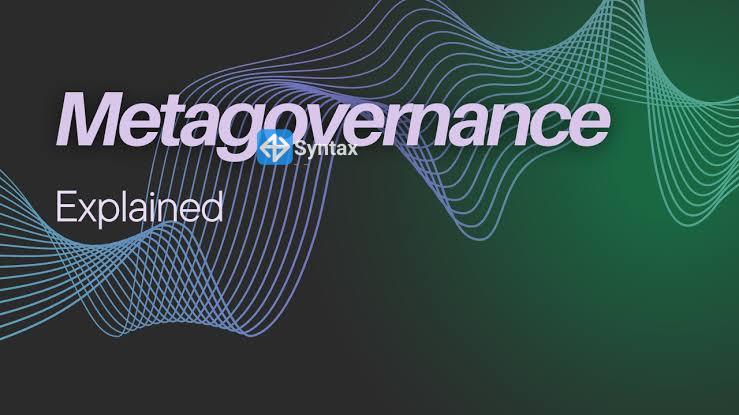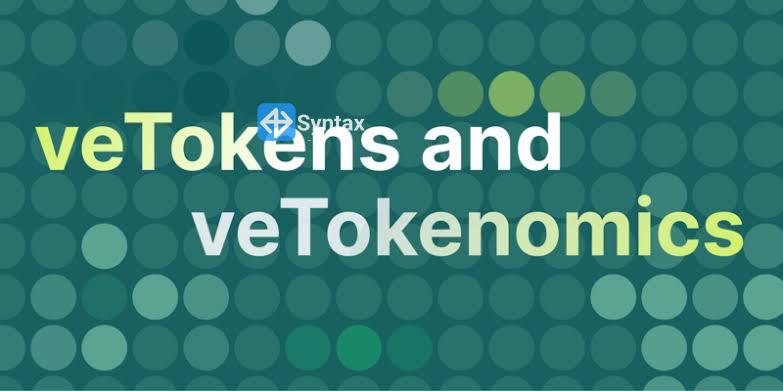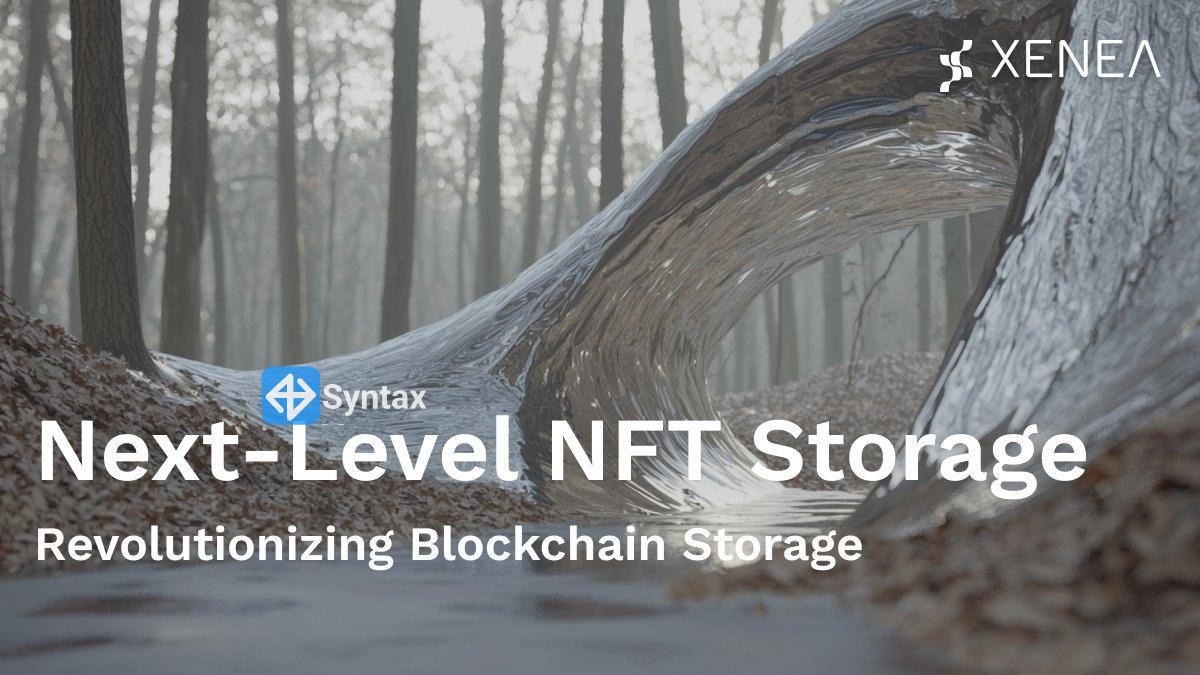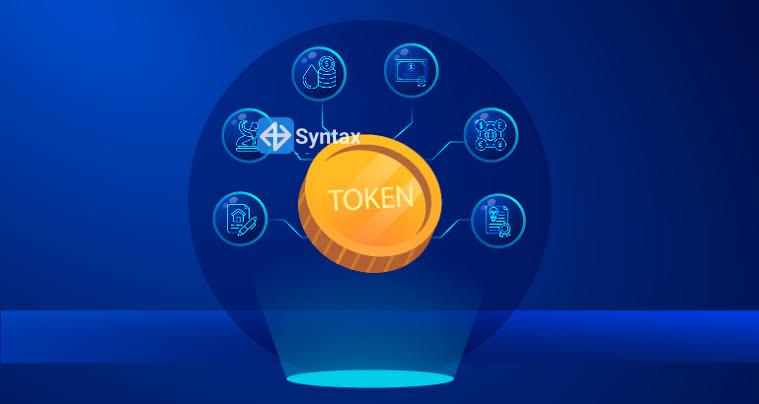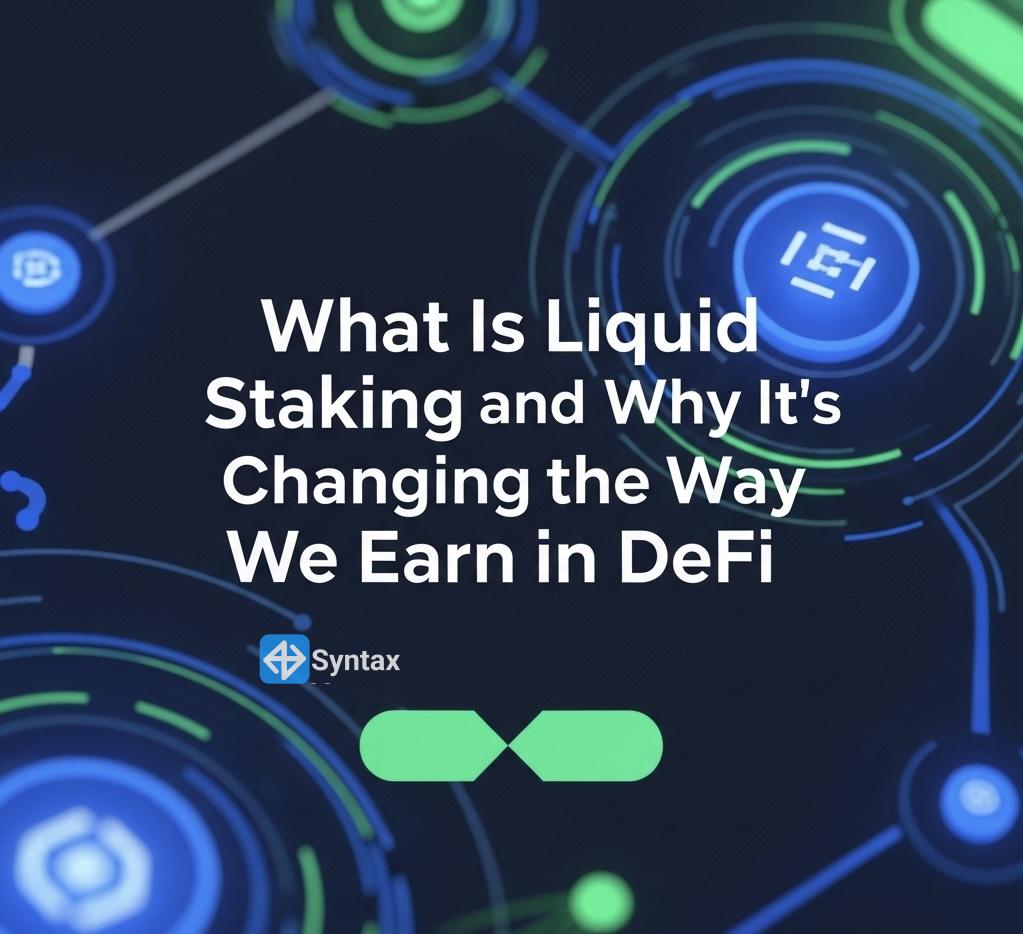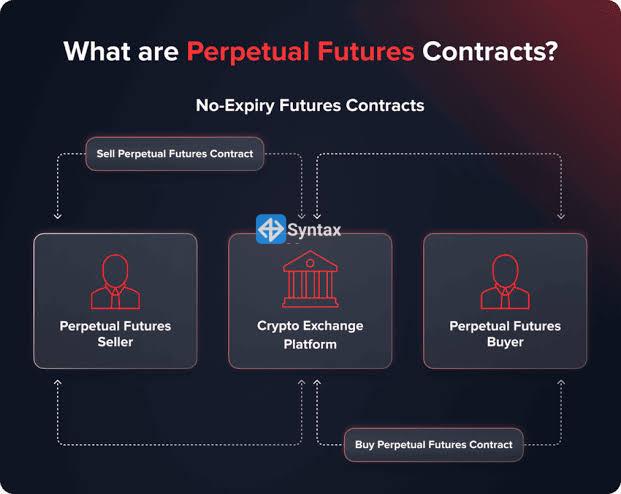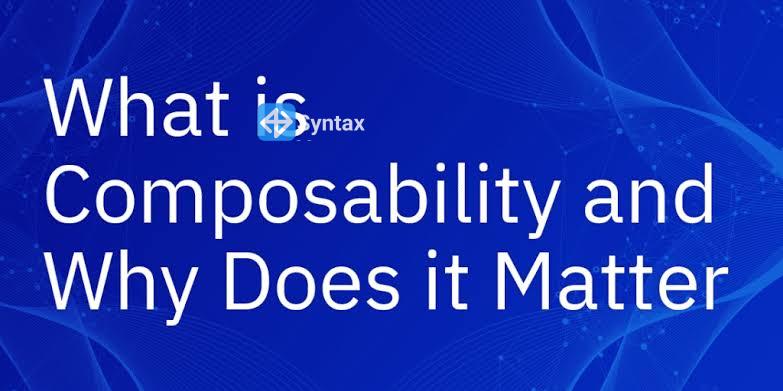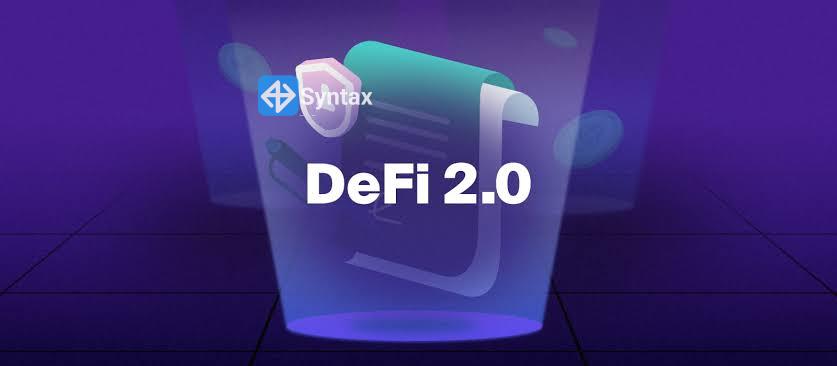Here's a more detailed explanation:
DAO Governance:
In essence, DAOs are organizations run by their token holders, who can propose and vote on changes to the protocol's rules and operations.
Inter-DAO Governance:
Metagovernance occurs when one DAO's token holders can vote on proposals within another DAO, essentially extending their influence beyond their own organization.
How it works:
A DAO might hold governance tokens of another protocol (like $CRV from Curve Finance) and then use those tokens to vote on proposals within that protocol (like gauge weight proposals on Curve).
🔁 How Meta-Governance Works:
1. A protocol (e.g., Convex Finance) accumulates a lot of veCRV tokens.
2. Instead of the Convex team voting directly, they allow CVX holders to vote on how Convex should vote with its veCRV.
3. This makes CVX a meta-governance token: it governs decisions in the Curve ecosystem indirectly.
Examples:
1. Convex Finance's metagovernance of Curve Finance: Convex allows users to deposit CRV tokens and earn boosted rewards. In return, Convex controls the voting power of those deposited CRV tokens in Curve's governance.
2. Index Coop's metagovernance of other DeFi protocols: INDEX token holders can vote on proposals for protocols like Uniswap, Compound, Yearn, Balancer, and Aave, using their $INDEX holdings to influence these protocols.
Purpose:
Metagovernance allows DAOs to:
Gain strategic influence: Influence decisions in other protocols that align with their own goals.
Manage treasury diversification: Diversify their holdings by holding tokens of other DAOs, potentially gaining exposure to different ecosystems.
Optimize resource allocation: Allocate voting power strategically to maximize returns or achieve specific objectives.
Considerations:
Metagovernance can create complexities and raise questions about the best way to manage voting power in multiple protocols.
🔑 Benefits:
1. Aggregated Voting Power: Smallholders can influence big decisions.
2. Yield + Influence: Meta-governance tokens can generate rewards and governance rights.
3. Delegated Control: Offloads governance responsibilities to communities.
⚠️ Risks:
1. Centralization: If one protocol accumulates too much voting power.
2. Misaligned Incentives: Token holders might vote for short-term gains at the cost of long-term sustainability in the underlying protocol.
3. Governance Fatigue: Too many decisions may overwhelm voters.
